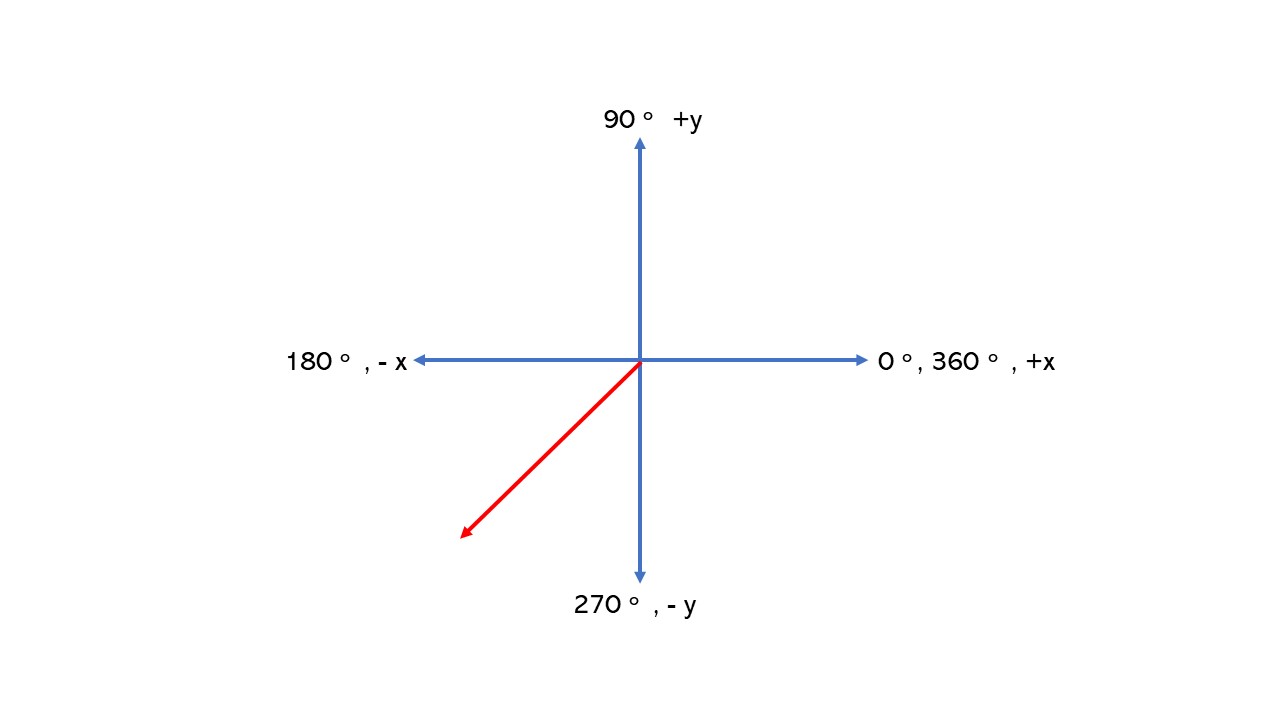Momentum and Impulse



Momentum is a vector quantity calculated as the product of mass and velocity. The SI units for momentum are kg. m/s.
Impulse is equal to the change in momentum. Newton's 2nd Law of Motion states that any unbalanced force acting on an object will cause it to accelerate.
The SI units of impulse are N.s or kg.m/s
When an equal force is applied during a greater time period, a larger change in momentum is achieved.
An isolated system's total momentum remains constant. An isolated system is one that does not interact with its environment. There are no external forces acting on the objects in the system. There is no energy or mass exchanged between the system and its environment.
The law of conservation of momentum is not sufficient to determine the motion of objects/particles after a collision. Another property of the motion, kinetic energy, must be known. The kinetic energy is not necessarily conserved. If it is conserved, the collision is called an elastic collision; if not, it is an inelastic collision.

An elastic collision is one in which no kinetic energy is absorbed in the collision. Perfectly elastic 'collisions' can occur when the objects do not touch each other. A collision between two pool balls is a good example of an almost totally elastic collision, due to their high rigidity, but when bodies come in contact there is always some energy loss.

In an inelastic collision, some of the kinetic energy of the colliding bodies is converted into other forms of energy (such as heat or sound). Examples include traffic collisions, in which the effect of loss of kinetic energy can be seen in the damage to the vehicles.